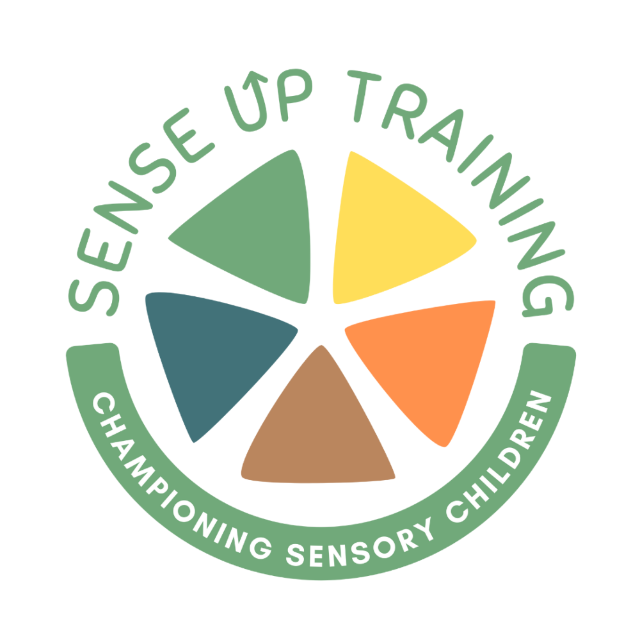SENSEUP RESOURCES
This resource page contains a range of resources from short video clips, the various free guides Kerry has provided over the years as well as SenseUp Stories which are the latest addition to the valuable information you will find on offer here at SenseUp.
Each one is information, may contain a therapy nugget or other interesting bit of neuroscience! Every little helps in the path to becoming sensory informed.
Section 1: Short Videos
Section 2:Blog Posts
Section 3: SenseUp Stories
Section 4: Free Guides

SECTION 1: SHORT VIDEOS
The Vestibular System - Neuroscience
This short clip from 60 Seconds of Sensory is about the semicircular canals and how the endolymph flowing through the system determines the activation of the hair cells and nerve transmission. However, when swinging for longer lengths of time, the endolymph stops moving as it 'catches up with itself' through the process of inertia and no longer activates the vestibular system. This little gem of neuroscience therefore informs our Therapy Nugget for this segment - which is that stop/start is more activating to the vestibular system (if this is what you are after in your therapy session)!
The Proprioceptive System - Neuroscience
This clip describes the different proprioception receptors in the muscle belly, golgi tendon organs and interestingly in the fascia or connective tissue throughout our bodies, along with a density of interoceptive receptors.
Proprioception - Active vs Passive
In this clip I talk about active vs passive proprioception. If you recruit only a small number of proprioception receptors then you get a 'small bit' of proprioception, but if you recruit a lot or receptors you get larger benefits from the descending calming pathways of proprioception.
Proprioception and Interoception
In this 60 Seconds of Sensory clips I talk about some of the more current research about proprioception and interoception - things like being upside down!
Interoception - the lived experience
What is it like to live with interoception processing difficulties - mostly under-responsiveness. In this short clip I read an excerpt from Kelly Mahlers book: The Eighth Sensory System.
Interoception and Self Regulation
Interoception is needed for self regulation - watch this video to find out little about these links.
Interoception - NeuroScience
This interoception clip will help define why its a sense that many sensory children don't seem to tap in to very easily.
Interoception - Body Signals
The signals from the body can be quite tricky to detect due to the diffuse nature of the interoception receptors.
Homeostasis is the goal of interoception.
Interoception - Control of Emotions
Interoception and Affective Awareness.
The Tactile System - Tactile Defensiveness
Tactile inputs can be read by the child as threatening! However, when the child touches their own skin, or chooses a texture they cannot evoke a protective reaction on themselves!
Sensory Modulation - Dunn's Quadrants
Winnie Dunns (Sensory Profile) Quadrants describe the neurological thresholds and the self regulation strategies.
Sensory Modulation - at the Cellular Level
Modulation at its neuroscience base occurs at the cellular level - at the excitation and inhibition of neural processing.
Sensory Reactivity
A discussion on a study about sensory reactivity in relation to a child who perceives their environment as harsh and unpredictable.
Developmental Coordination Disorder and ADHD
A discussion about a study on DCD and Modulation, and ADHD and Modulation.
DCD & Dyspraxia
DCD and Dyspraxia are explained as a diagnostic categories.
Laterality
A discussion about Laterality, hemispheric specialisation and dominance.
Awareness of the Two Sides of the Body
Bilateral Integration and Midline Crossing are discussed, in relation to the Series 2 webinar.















